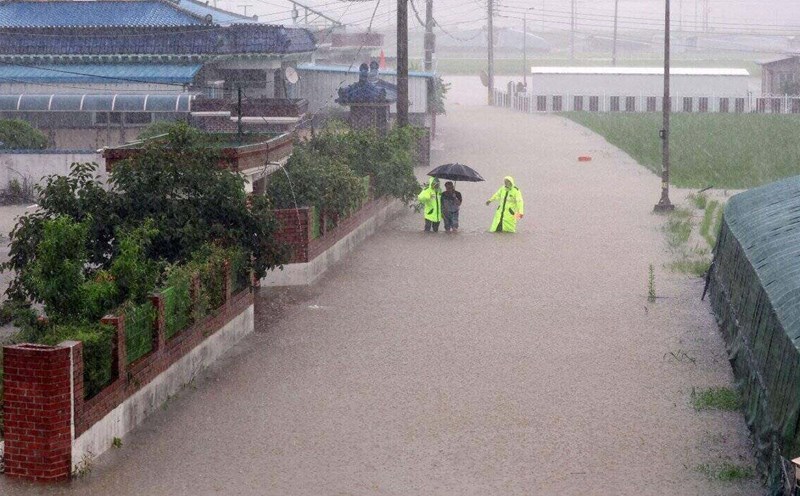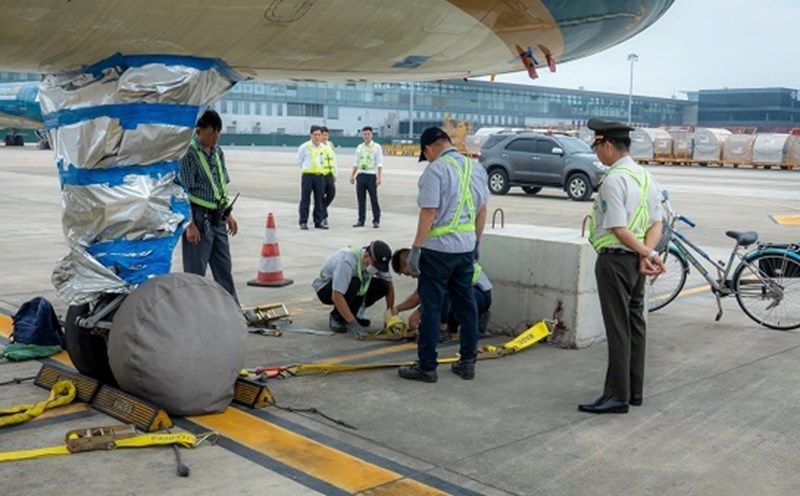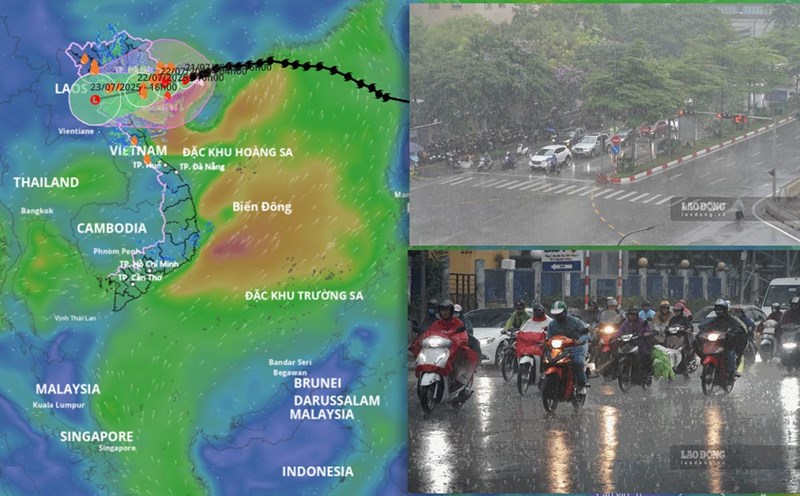After many days of prolonged heavy rain, South Korea is facing serious damage due to widespread flooding and landslides.
According to the announcement from the Ministry of Home Affairs and Security, by the evening of July 20 (local time), at least 18 people had died, 9 people were still missing while a series of residential areas were submerged in water, infrastructure was severely damaged, and people's lives were disrupted.
In gapyeong district, about 60km northeast of Seoul, rainfall reached 173mm in just 17 hours, surpassing the national record recorded in 1998. The sudden rise in floodwaters caused houses and vehicles to be swept away and caused landslides in many residential areas.
Local authorities confirmed that 2 people were killed and 4 people were missing.
Heavy rains also caused damage nationwide, with nearly 2,000 public works and more than 2,200 private facilities damaged, including schools, farms and houses.
Many roads were cut off, traffic activities and logistics were seriously interrupted. Meanwhile, some areas are still deeply flooded, rescue forces must mobilize maximum to reach isolated locations.
The Korea Meteorological Agency immediately issued a nationwide heat warning as soon as the rain stopped. The phenomenon of rising temperatures can cause additional difficulties for areas that have just been affected by floods, especially the risk to people's health, sanitation conditions and environmental recovery.
President Lee Jae Myung has directed the comprehensive implementation of the remedial work, and at the same time requested localities to develop disaster prevention plans according to the characteristics of each area.
The spokesperson of the Presidential Palace emphasized that if signs of laxity and lack of responsibility in management are detected, related individuals will be strictly handled.
The government also committed to reviewing the entire current disaster response system, in the context of extreme weather with increasing frequency and intensity, posing an urgent need for reforming prevention policies and on-site response capacity.
This flood is considered one of the most serious natural disasters in South Korea in recent years, once again warning about the level of damage to national infrastructure due to climate change.











